This is the Refreshed 2025 Lincoln Navigator
Lincoln just pulled the wraps off its new Navigator. The flagship luxury SUV got a significant update for the 2025 model year, arriving with new styling, a revised interior, and more screens than an AMC movie theater.
The Navigator’s exterior styling has a new grille and integrated LED lightbar that features an animated lighting sequence to welcome and say goodbye to passengers. The lightbar look extends to the rear, where the taillights span the rear liftgate. Lincoln equips standard 22-inch wheels, but two 24-inch designs are available for the first time.
Lincoln Teases the 2025 Navigator Ahead of Official Reveal
The Navigator has long been Lincoln’s flagship SUV, but its star has been eclipsed by the Cadillac Escalade in recent years. The automaker has a redesigned vehicle coming for the 2025 model year and recently teased the Navigator ahead of its official reveal this Thursday.
We don’t get a full view of the new SUV in the teaser video, but Lincoln showed a few key elements. The Navigator’s grille features an illuminated logo and LED lightbar, while the model’s logo still graces the front fenders. A brief shot of the wheel design shows a black and polished look, but no other exterior details are visible.
The 2025 Lincoln Aviator Picks Up a New Face and More Tech
Lincoln Aviator sales slipped in 2023, but the automaker is looking ahead to 2025 with a refreshed SUV that it hopes will boost interest in the three-row premium model. The 2025 Aviator picks up new available features, including BlueCruise and updated styling elements that give it a more modern look.
No Hybrid Ford Explorer or Lincoln Aviator for the 2024 Model Year
It looks like the Ford Explorer and Lincoln Aviator are dumping their hybrid trims for the 2024 model year. The Explorer SUV was previously offered with a hybridized 3.3-liter V6, whereas the Aviator Grand Touring came with a hybridized twin-turbo 3.0-liter V6. These powertrains won’t be available on the retail market anymore. However, there’s a chance PHEV variants of both models will return in 2025.
Rare Rides Icons: The Lincoln Mark Series Cars, Feeling Continental (Part L)
We’ve reached the end of the road for the Lincoln Mark series. Through 50 installments on these pages that span history back to 1939, the Lincoln Mark (née Continental Mark) met its end in June of 1998. To celebrate the occasion of the Mark’s demise, it was time for one last go at a very special version: the 1998 Collector’s Edition. A trim package like Lincoln created previously for the Mark V in 1979, Collector’s Edition introduced some luxury features that should have been standard on Mark VIII all along.
Rare Rides Icons: The Lincoln Mark Series Cars, Feeling Continental (Part XLIX)
In our last Mark VIII installment, we reached the coupe’s final (and divisive) styling refresh that debuted for the 1997 model year. Arguably more bulbous, less cohesive, and with a trim design that highlighted the many instances where there was less than perfect build quality, the Mark VIII entered its final two years with a new look. There were some changes underneath the skin too, and even a couple of very special limited-run trims in a similar vein to the Diamond Anniversary package of 1996.
Rare Rides Icons: The Lincoln Mark Series Cars, Feeling Continental (Part XLVIII)
As we learned in our last installment, when the Mark VIII debuted for 1993 it was (puzzlingly) in a single trim level, absent any designer name or sportier LSC. This omission was remedied midway through the 1995 model year when the LSC made its triumphant and monochromatic return to the lineup. The only exciting news for the Mark in 1996 was the limited edition Diamond Anniversary package, to celebrate Lincoln’s 75th birthday. The following year Lincoln debuted a mid-cycle refresh for the Mark VIII, though it ended up more of an end-of-life refresh. Are you ready for some new, blobby shapes?
Rare Rides Icons: The Lincoln Mark Series Cars, Feeling Continental (Part XLVII)
When the Mark VIII debuted for the 1993 model year with a daring and sleek new body and an interior to match, it was indicative of the forward-looking, modern direction of Lincoln’s personal luxury coupe. This new school of design was evident inside and out: No longer were there acres of velour, tall hood ornaments, and goofy color schemes created “by designers.” Instead focus was on a generous helping of luxury features, high-tech doo-dads, and a singular trim level. Sorry, Mr. Bill Blass.
Rare Rides Icons: The Lincoln Mark Series Cars, Feeling Continental (Part XLVI)
Last week we examined the curvaceous organic exterior styling the new Mark VIII wore for its 1993 debut. As one of the early offerings from the Super Smooth Soap Bar School of Design that arrived in the Nineties (think Chrysler LHS, Lexus SC 400, Toyota Celica), the Mark VIII looked much different from the more conservative Mark VII. And it had an interior design aesthetic to match. Beware: Sweeping swaths of plastic lie ahead!
Rare Rides Icons: The Lincoln Mark Series Cars, Feeling Continental (Part XLIV)
When the MN12 platform project was launched in 1984, Ford’s plan to take on European two-doors saw the standard Thunderbird and Cougar chassis lightly revised (via more aluminum) into the FN10. The FN10 was used exclusively in the Lincoln Mark VIII and also debuted an all-new sophisticated aluminum V8 engine. Unlike the Thunderbird and Cougar which shared body panels, the Mark VIII was deemed worthy of its own styling. The development of said styling was a long and bumpy road and led to a considerable delay in the Mark VIII’s launch.
Rare Rides Icons: The Lincoln Mark Series Cars, Feeling Continental (Part XLIII)
Ford spent a lot of money and a lot of time on the development of the MN12 platform. An intentional move on the company’s part, the plan was to catch a more elevated customer than those persuaded by the Fox body trio: Ford Thunderbird, Mercury Cougar, and Lincoln Mark VII. In particular, BMW was on the mind of all domestic manufacturers in the Eighties as yuppies pursued status and Ultimate Driving Machine pleasure. Ford attempted to deliver the same experience for less money with its MN12 coupes and derivative FN10; a lightly reworked MN12 chassis used exclusively on the new Mark VIII.
Rare Rides Icons: The Lincoln Mark Series Cars, Feeling Continental (Part XLII)
We bid a sad farewell to the Mustang-adjacent Mark VII in our last installment. The first Continental Mark to adopt modern styling and disconnect itself from the Mark III of 1968 was also the last of its kind to wear a Continental badge. And as Lincoln sought to clarify its product lineup by separating the Continental sedan and allowing the Mark to stand on its own, the company also attempted to bring in a new, sportier customer. And that customer became the target at which the Mark VIII was aimed.
Rare Rides Icons: The Lincoln Mark Series Cars, Feeling Continental (Part XLI)
Rare Rides Icons: The Lincoln Mark Series Cars, Feeling Continental (Part XL)
Here we are, the 40th installment in the Lincoln Mark series cars. After the debut of the exciting new Continental Mark VII in 1984 heralded the arrival of modern styling and a Luxury Sports Coupe (LSC) trim, Lincoln’s management made minor trim alterations in 1985 before Big Time Changes in 1986.
Rare Rides Icons: The Lincoln Mark Series Cars, Feeling Continental (Part XXXIX)
As we’ve learned in the prior two installments to this series, the Continental Mark VII was a new take on Lincoln’s halo PLC theme, inside and out. With a distinct move away from huge chrome bumpers, excessive trim, and bench-style seating for six, the Mark VII also wanted to move its trim designations beyond the leisure suit era that affected the prior two generations. The new trim hierarchy would end up the final time a Designer Series was available on a Mark.
Rare Rides Icons: The Lincoln Mark Series Cars, Feeling Continental (Part XXXVIII)
After a review of the Lincoln Continental Mark VII’s completely revamped and modernized styling in our last entry, we’ll spend this today on its interior. As Lincoln attempted to draw a new, more youthful well-heeled customer base to the Mark, the PLC traditionalist of yore faded away. And said youthful customer - usually with an eye on European cars - was less interested in acres of faux wood panel, ruched velour, traditional instruments, and overstuffed button-tufted interiors.
QOTD: Do You Actually Care About Chinese Imports?
Following our coverage of the Lincoln Nautilus Hybrid, reader feedback seemed overwhelmingly focused on the vehicle being manufactured in China. This was interesting because the article dealt exclusively with updates to the vehicle, which is technically still a product of North America.
But Ford Motor Co. has confirmed that the next-generation Nautilus will indeed be imported from China so that the Canadian facility currently responsible for U.S. volume can be transitioned into an electric-vehicle plant.
The Lincoln Nautilus is Going Hybrid for 2024
Lincoln’s sales have been in decline over the last few years, so the brand is in need of exciting new models to lift interest. Though the levels of “new” and “exciting” are debatable in the 2024 Nautilus, the model year marks the SUV’s entry to its third generation, bringing new styling and an available hybrid powertrain.
Rare Rides Icons: The Lincoln Mark Series Cars, Feeling Continental (Part XXXVII)
As we learned in our last entry, the new for ‘84 Lincoln Continental Mark VII headed in a different direction than any of its PLC predecessors. It was smaller and lighter than even the downsized Mark VI that came before it and rode on the newer Fox platform shared by the Mustang, Thunderbird, Cougar, and indeed the Continental sedan. The Mark’s Eighties evolution was a necessary measure as European luxury competition came in hot, and the disco-traditionalist type PLC customer of the past was no more. Lincoln’s designers had a tall order in the earliest days of the Eighties: Maintain the Mark’s identity generally as a Lincoln and a luxury coupe, and move its looks beyond everything prior to 1984.
Rare Rides Icons: The Lincoln Mark Series Cars, Feeling Continental (Part XXXVI)
When Lincoln’s new Continental Mark VII arrived for the 1984 model year, the sleek new coupe offered immediate relief from the tired (and lousy) Panther platform Mark VI that languished at dealers between 1980 and 1983. The move to the Fox platform with the likes of the Thunderbird and Cougar was accompanied by a big step forward in drivability, technology, and general modernization for the Mark. Finally!
Rare Rides Icons: The Lincoln Mark Series Cars, Feeling Continental (Part XXXV)
It didn’t take very long for the chilly reception of the downsized and Panther-based Mark VI to reach Ford HQ in Dearborn. Despite the seductive and elegant four-door Mark VI’s presence, sales were nowhere near those of the outgoing Mark V. Things continued on their downhill trend for the model’s four-year duration. It was time for an all-new take on the PLC from Lincoln.
Rare Rides Icons: The Lincoln Mark Series Cars, Feeling Continental (Part XXXIV)
In today’s Lincoln Mark coverage, we reach the conclusion of the ill-fated and unpopular Mark VI. Though the Mark of 1980 to 1983 was arguably the least interesting entry in the model’s history and the one with the least amount of effort put into it, Lincoln still charged a pretty penny for its PLC. But the market was changing, and so was Lincoln’s lineup.
Rare Rides Icons: The Lincoln Mark Series Cars, Feeling Continental (Part XXXIII)
We continue our Rare Rides coverage of the unfortunate Lincoln Continental Mark VI today, and take a deep dive into its cobbled-together and frequently shuffled trims, the Designer Series in particular. In a last-of moment, the Mark VI quickly lost the exclusivity it once carried as Lincoln’s purveyor of fine designer styling.
Rare Rides Icons: The Lincoln Mark Series Cars, Feeling Continental (Part XXXII)
We return to our Lincoln Mark series today, and the newly Panther-tized Mark VI coupe and sedan. We’ve already examined the exterior differences between Marks V and VI, as Lincoln designers attempted to replicate the successful looks of their late Seventies PLC with much less length and width available. Design freedom was additionally hampered by new platform sharing with the 1980 Continental, for which the Mark VI basically served as a top trim. Today we’ll check out the Mark’s newly modernized interior.
Drive Notes: 2022 Lincoln Navigator Black Label
Welcome to another Drive Notes, where I compile some quick notes on the car I am driving or just returned to the fleet.
Today's vehicle -- the 2022 Lincoln Navigator Black Label.
Rare Rides Icons: The Lincoln Mark Series Cars, Feeling Continental (Part XXXI)
During the mid-Seventies, the design team at Lincoln had a tall order in regard to the upcoming 1980 Mark VI. The all-new coupe would need to continue the PLC styling tradition of the Mark III, IV, and V, the former of which dated back to 1968. But for the first time, Mark’s "large and in charge" styling would be applied to a much smaller car. For an added challenge, Lincoln’s brass decided the Mark’s ethos needed conversion onto a sedan. Let’s see how it went.
Rare Rides Icons: The Lincoln Mark Series Cars, Feeling Continental (Part XXX)
It’s our 30th installment in the Lincoln Mark series, and we’re at a low point. As mentioned last time a confluence of different factors forced downsizing across the American car landscape. Money-saving tactics from the accountants at Ford meant the new, “improved,” and much smaller Mark VI wore almost identical styling to its lesser Continental sibling (a first). Both cars even shared a platform, with Mark VI offered in required two- and unexpected four-door guises.
Rare Rides Icons: The Lincoln Mark Series Cars, Feeling Continental (Part XXIX)
The successes the Lincoln Continental Mark series achieved with its triumphant return as the Mark III personal luxury coupe of 1969 ensured the Mark IV of 1972 was also a success. And when the Mark V debuted on its own (reused Thunderbird) platform in 1977, it brought the Mark name to a pinnacle of sales. Laden with trim, designer editions, and special commemorative super lux limited-run cars, it was a last-of moment: Lincoln was still selling true full-size cars while the rest of Detroit had already downsized. But the clock ran out on the enormous domestic luxury boat in 1979, and Lincoln needed a do-over for 1980. Enter a big misstep, the Mark VI.
Rare Rides Icons: The Lincoln Mark Series Cars, Feeling Continental (Part XXVIII)
For our 28th entry in the Lincoln Mark series retrospective, we arrive at a momentous and sad occasion: the end of the traditional full-size Mark V. In 1979, fuel economy concerns of consumers and government meddling in the form of emissions standards were layered onto a car market that contained ever-increasing numbers of economical, reliable Japanese imports. Other Detroit automakers threw up the white flag by 1977 and introduced smaller full-sized cars, but Ford held on to the bitter end. And for its three-year run, the Mark V sold very well, both as Lincoln’s most prestigious car and a full-size holdout at a time when many Americans really didn’t want to buy a smaller car.
Rare Rides Icons: The Lincoln Mark Series Cars, Feeling Continental (Part XXVII)
Making our way through the trim-laden legacy of the Lincoln Continental Mark V has consumed all of our attention over the past few weeks. After spending some time on the mid-tier Luxury Group packages of 1977 to 1979, we pored over the Designer Series editions of 1977 and 1978. The latter of those two years was Ford’s 75th anniversary and saw the launch of the super expensive Diamond Jubilee package to celebrate. For the Mark V’s outgoing year in 1979, the Designer Series cars returned, and Lincoln reworked the Diamond Jubilee package into the Collector’s Series. It’s time to have one final Mark V trim talk.
TTAC Throwback 1989 Lincoln Town Car
Lincoln’s famous tagline was “What a Luxury Car Should be,” and as the proud owner of a 1989 Town Car, this writer has no desire to quibble with their ad copy. Indeed, it’s one of the best cars ever to grace my driveway. The Townie was acquired as a direct trade for a Honda Magna 750 motorcycle; I know which of the two has given me greater pleasure, and it has four doors and four wheels. Besides, the bike would’ve probably killed me.
Rare Rides Icons: The Lincoln Mark Series Cars, Feeling Continental (Part XXVI)
We return with more Continental Mark V Designer Series goodness today, in our second of three consecutive installments on said topic. Last time we took a look at the resplendent luxury of the 1977 Designer Series trims in their respective Bill Blass, Cartier, Givenchy, and Pucci colorways. An immediate hit with consumers who were in desperate need of luxury gingerbread, the Designer Series trims were reworked in 1978 in the name of visual differentiation. There was also a very special and expensive Mark V commemorative edition in honor of Ford’s 75th anniversary.
Rare Rides Icons: The Lincoln Mark Series Cars, Feeling Continental (Part XXV)
As we move on to the 25th entry in our Lincoln Mark saga, it’s the second week in a row where we’ll focus entirely on Mark V trim packages. Last week we discussed the various iterations of the Luxury Group - a variety of color themes for the Mark V’s interior. Luxury Group options served as a starting place for the customer to custom-order their Mark V. However, the truly well-heeled PLC customer knew such freedom of choice was inherently sub-par: A Designer Series Mark V cost much more than a Luxury Group car, and its appearance was specified for you.
Rare Rides Icons: The Lincoln Mark Series Cars, Feeling Continental (Part XXIV)
We continue with more Continental Mark V coverage today, and hone our focus on the model’s various trims. After their successful (big profit center) introduction in 1976 on the Mark IV, the quite expensive Designer Series trims were a shoo-in for a return on Mark V. Lincoln took full advantage of the popularity of “special” trim and gingerbread during the late Seventies, and went a little wild with the options. New colors, limited editions, and Designer Series layouts that changed by the year! It’s time for some in-depth trim action, and Luxury Group is up first.
Rare Rides Icons: The Lincoln Mark Series Cars, Feeling Continental (Part XXIII)
We return to our Lincoln Mark Series coverage today, near the Mark V’s large B-pillar. While our last installment started on the exterior changes Lincoln designers made for the switch from Mark IV to Mark V for 1977, there’s so much car to cover (over 230 inches) that we had to take an intermission. It’s time for vinyl and big rear ends, and we’ll talk about the Mark too.
Rare Rides Icons: The Lincoln Mark Series Cars, Feeling Continental (Part XXII)
In the last installment of our Lincoln Mark coverage, we learned about some new objectives Lincoln brass pursued for the transition from Mark IV to Mark V. There were two primary goals in mind: Cut development costs, and simultaneously allow the Mark more independence from Thunderbird. As a result, the Mark V of 1977 used the same platform as the old Mark IV, and Thunderbird was downsized to become a Mercury Cougar sibling. Further, in an attempt to move with the times and recognize that fuel economy mattered a little bit at the end of the Seventies, Lincoln engineers reworked the Mark IV platform for Mark V duty.
Rare Rides Icons: The Lincoln Mark Series Cars, Feeling Continental (Part XXI)
When the Continental Mark IV was introduced for the 1972 model year, it wore close visual ties to the smash hit that was its predecessor, the Mark III. After federal safety legislation altered the front of the Mark IV’s appearance in 1973 and its rear in 1974, the visual connection between the two cars thinned considerably. The Mark IV (like other large PLCs of the time) struggled with regard to sales but received a boost in 1976 with the arrival of the Designer Series editions. The expensive high-profit trims saw the 1976 Mark IV go out on a high-ish sales note of 56,110 examples, around 8,000 more than its debut year in 1972. In 1977 Lincoln aimed once more for PLC success with the new, even larger Continental Mark V.
TTAC Rewind: 2018 Lincoln Navigator Black Label
Enjoy your Sunday evening with a look at the 2018 Lincoln Navigator Black Label, words courtesy of our own Chris Tonn.
Rare Rides Icons: The Lincoln Mark Series Cars, Feeling Continental (Part XX)
Today marks the 20th installment of our coverage on the Lincoln Mark cars, and we’ve reached an exciting point in the model’s history. The brass at Lincoln noticed how the Mark IV’s sales were in decline (like all large PLCs of the time) as the Thunderbird-based boat headed toward its final year, 1976. To that end, Lincoln added excitement and luxury to its halo coupe via a new set of very special brand-themed options packages on ‘76 models. It’s time for the Designer Series.
Rare Rides Icons: The Lincoln Mark Series Cars, Feeling Continental (Part XIX)
When the Mark IV debuted in 1972, Lincoln’s personal luxury coupe was larger than ever before and had even more in common with its lesser sibling from Ford, the Thunderbird. As noted in our last installment, even the dashboards were identical between the two cars in this generation. The Mark IV’s debut appearance was short-lived, however, as the following year government legislation forced Lincoln’s designers and engineers to make some unfortunate-looking changes. Tell me, do you enjoy enormous bumpers?
Rare Rides Icons: The Lincoln Mark Series Cars, Feeling Continental (Part XVIII)
Cadillac led the charge into new Seventies-ready personal luxury coupes with their ninth-generation Eldorado in 1971. The following year, Ford followed suit with the Lincoln Continental Mark IV. Bigger and, in theory, better than its predecessor, it was also lesser in terms of Mark-specific sheet metal and quality interior amenities than the Mark III. The exterior of the new Mark IV was very similar to the Thunderbird since it shared a platform and the majority of its body panels. And those similarities continued right on into the interior.
Rare Rides Icons: The Lincoln Mark Series Cars, Feeling Continental (Part XVII)
With its splashy debut and immediate sales success, Lincoln’s Continental Mark II I personal luxury coupe offered up immediate and serious competition to the more established Cadillac Eldorado, which previously had the market all to itself. With its unique styling different from other Continentals and a more upscale interior, the Mark typically won in comparison tests published by the automotive press of the day.
Rare Rides Icons: The Lincoln Mark Series Cars, Feeling Continental (Part XVI)
The new Continental Mark III coupe was a smash hit at its debut in 1969. The Thunderbird-based design proved a cost-saving device for the Lincoln-Mercury Division and put the company’s revenue in the black for the first time in a while. After an exceptionally long model year in 1969, regulatory forces, trim edits, and cost-saving measures took place for the model’s second year in 1970. We covered the exterior changes last time, and today slide into bucket seats in our polyester suits.
Rare Rides Icons: The Lincoln Mark Series Cars, Feeling Continental (Part XV)
Much to the delight of accountants at Ford’s headquarters in Dearborn, the new Thunderbird-based 1969 Lincoln Continental Mark III was an immediate sales success. It was a case of the right product (a personal luxury coupe) at the right time. The Mark III went head-to-head with its rival and closest competition, the Cadillac Eldorado.
And though the Eldorado nameplate had a long history and was better established than the Mark, Lincoln’s offering topped the Cadillac in sales in its first year. Part of that was down to an exceptionally long first model year that padded the figures, but credit also went to the excitement generated by the Mark. Mark III was all new in 1968 (for the ‘69 model year), while the front-drive E-body Eldorado had been on sale since 1967. Though a few updates happened within its debut model year (that ran from March 1968 to December 1969), product vice president Lee Iacocca knew his pet project needed additional updates to keep consumer interest going.
2023 Lincoln Corsair Debuts With Bigger Maw, ActiveGlide Driver Assist
Now they’ve binned everything that is not an SUV, Lincoln is free to spend its allowance as it sees fit on new clothes and tech for its crossover lineup. To be fair, that style of vehicle is the beyond-dominant preference of most shoppers in the Lincoln demographic – and the brand would be ill-advised to walk away from those profits. Doesn’t make us pine any less for a Continental with coach doors.
Rare Rides Icons: The Lincoln Mark Series Cars, Feeling Continental (Part XIV)
Today we return to the groovy year of 1968 in our Lincoln Mark timeline. In March, the quickly and affordably developed Continental Mark III made its debut at the 12 Hours of Sebring in Florida. It generated plenty of buyer excitement overnight, and went on sale immediately. Based on the fifth generation Thunderbird, Lincoln’s most exciting car was once again a halo personal luxury coupe.
After almost a decade where Lincoln offered a small number of variations of the Continental sedan that debuted in 1961, the Mark III was something different. We covered its development and styling in our last entry, and now it’s time to step inside a world of gently tufted luxury.
Rare Rides Icons: The Lincoln Mark Series Cars, Feeling Continental (Part XIII)
We return to the Lincoln Mark story at a very promising time for the personal luxury coupe. Aside from Ford’s floundering Thunderbird, several other new PLC models arrived in the late sixties. Every major Detroit automaker had one, and circa the turn of the Seventies even more would arrive!
Together, they formed three tiers of personal luxury, segmented by asking price. At the top was the long-standing Cadillac Eldorado, and in the middle were the Thunderbird, Buick Riviera, and Oldsmobile Toronado. They’d be joined in the Seventies by the likes of the Pontiac Grand Prix, Chrysler Cordoba, and Chevy Monte Carlo.
In 1965 Ford’s VP of passenger car product, Lee Iacocca, decided he’d make some use of the fifth-generation Thunderbird’s platform for a higher PLC purpose. With as much parts sharing and cost saving as possible, he’d create a luxurious new Mark that could take on the Eldorado. Ignoring the Marks III, IV, and V of the Fifties, the new Mark would start at III, and attempt to connect itself with the ultra-luxurious Continental Mark II of 1956. We begin today (oddly) with some endurance racing.
Rare Rides Icons: The Lincoln Mark Series Cars, Feeling Continental (Part XII)
Lincoln was in a bad way at the turn of the Sixties, both financially and in terms of its product. The company lost hundreds of millions (adjusted) in the early and middle portion of the decade, when it invested in and then promptly canceled the Continental Division. Attempting a rebound, Lincoln dumped lots more cash into a new unibody platform that was exclusive to Lincoln models.
The new lineup was on sale from 1958 to 1960 and was unfortunately introduced at the start of a sharp economic recession. However, even after the recession ended Lincoln’s gaudy and overworked styling caused customers to steer clear of Lincoln and purchase Cadillacs instead. Lincoln lost $60 million ($550 million adj.) more.
1961 heralded the arrival of an all-Continental lineup, the Elwood Engel design that was instantly popular and saved the company. However, the new and streamlined (in all ways) Lincoln lineup spared no room for a Continental Mark series. The Mark slumbered until 1968.
Rare Rides Icons: The Lincoln Mark Series Cars, Feeling Continental (Part XI)
We resume our Mark series coverage in the 1960 model year, which happened to be a last-of for several reasons. It was the last of the unibody Lincoln lineup that debuted in 1958, the Continental Mark line of models, and for Lincoln’s model naming scheme as a whole. We covered the visual edits in our last entry; a return to some of the garishness of 1958 that Elwood Engel tried to tone down in 1959. With the additional gingerbread hanging off of every possible surface of the Mark V Continentals for 1960, the lineup grew larger in every direction and heavier than ever before.
Rare Rides Icons: The Lincoln Mark Series Cars, Feeling Continental (Part X)
We resume our tale of the Mark series cars today, during a period of recovery for Lincoln and their Continental lineup. The introduction of all-new unibody Lincolns in 1958 saw questionable over-the-top styling debut right at the start of a sharp recession. Most people didn't enjoy the looks of the new Mark III. Lincoln toned down the glitz for the '59 models, with better-integrated styling cues here, and less bulbous sheet metal there.
A new naming scheme arrived in 1959, Mark IV Continental, as Continental became a version of Mark. At the same time, Ford attempted to take the Continental upscale via the introduction of the more spacious (but not longer outside) Mark IV Continental Town Car and Limousine.
With a better US economy, Lincoln improved its sales figures considerably in 1959. However, the portion of those sales that were Continental models dropped by almost 12 percent. However, given all the millions Ford poured into its new Lincoln models it was not prepared to ditch them after just two years. There was a third year of the unibody Mark, with the highest series number yet: V.
Abandoned History: Ford's Cruise-O-Matic and the C Family of Automatic Transmissions (Part VI)
Abandoned History: The Life and Times of Edsel, a Ford Alternative by Ford (Part II)
Ford successfully orchestrated a splashy live television musical debut for its new brand Edsel in the fall of 1957. The program was a culmination of a multi-year project to establish a new division of Ford that would compete more directly with the likes of Oldsmobile, Buick, and DeSoto. Edsels promised to be notably different from the Mercury with which it shared most everything except styling.
Edsel was to be much more value-conscious than the new-for-’58 unibody Lincolns, which sought to move the brand upmarket after the almost instantaneous discontinuation of the Continental Division. After Frank Sinatra and Bing Crosby ushered in the Edsel name it was time to show off the all-new models in showrooms, and introduce a supposedly excited American consumer to the lineup.
Abandoned History: Ford's Cruise-O-Matic and the C Family of Automatic Transmissions (Part V)
We resume our Ford Cruise-O-Matic transmission coverage today, as the original two- and three-speed automatics of the Fifties transition into the new C family. C transmissions were designed to be lighter (aluminum) and more efficient than their cast iron predecessors. The wonder of alloys!
In our last entry, we covered the first two C transmissions, the C4 (1964-1981) and C6 (1966-1996). Since we’re proceeding chronologically, we step back to Cruise-O-Matic for a moment, and a mix-and-match transmission: FMX.
Rare Rides Icons: The Lincoln Mark Series Cars, Feeling Continental (Part IX)
Our Lincoln Mark Series coverage continues today, and we pick up at the end of 1958. After Ford dumped many millions into the Continental Division and quickly shut it down, the company then spent a lot more money to develop an all-new unibody platform for Lincoln’s usage. In an attempt to woo customers away from Cadillac, the new Lincolns for 1958 wore some of the most shocking styling ever to come from Detroit.
All three of Lincoln’s new “models” were really just trim levels of the same car. Said models included Capri, Premier, and the top-tier Continental Mark III, which was not a Continental except in trim badges. At least it had a Breezeway window! At the 1958 launch of Lincoln’s new unibody line there was a steep recession across the globe, as lots of Americans decided they didn’t actually need a new car every year or two. Nevertheless, the Continental Mark III made up 62 percent of Lincoln’s sales that year. Lincoln veered off on a revised course in 1959, hoping to improve its lot with some more “new” models.
Abandoned History: The Life and Times of Edsel, a Ford Alternative by Ford (Part I)
Edsel received an honorary mention a couple of weeks ago, in our current Rare Rides Icons series on the Lincoln Mark cars. Then it was mentioned again the other day in Abandoned History’s coverage of the Cruise-O-Matic transmissions. It’s a sign. We need to talk about Edsel.
Rare Rides Icons: The Lincoln Mark Series Cars, Feeling Continental (Part VIII)
With the Continental Division dead, a cost-weary and (newly) publicly traded Ford Motor Company headed into the 1958 model year determined to unveil a solid luxury car showing against its primary rival, Cadillac. However, the “Continental Mark III by Lincoln” was a Continental in name only: It wore the same metal and was produced at the same new factory, Wixom Assembly, as the rest of the Lincoln models (Capri, Premiere) that year.
Brass at Ford hoped the Continental name on the Mark III would make customers believe it was something special, like the Cadillac Eldorado with which it competed. As mentioned last time, aside from its Continental name, the Mark III for 1958 used One Simple Trick to lure buyers into its leather seats: a Breezeway window. First up today, pricing problems.
Abandoned History: Ford's Cruise-O-Matic and the C Family of Automatic Transmissions (Part IV)
Last time on our Abandoned History coverage of Ford’s historical Cruise-O-Matic automatic transmission, we spent some time in Russia. Communist automaker GAZ liked Ford’s automatic and decided to lightly rework it into their “own” transmission rather than pay Ford to build it under license. The GAZ two- and three-speed automatics remained in use in the company’s passenger cars well into the Eighties, which was a very long time for a late Fifties transmission to live.
Shortly after GAZ made its copies, the real versions of the FX/MX Cruise-O-Matic and Ford-O-Matic were nearing the end of their respective service lives. The two-speed was naturally the first to go.






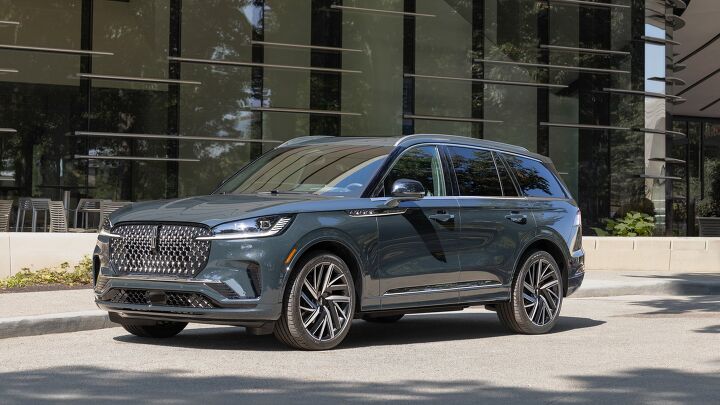


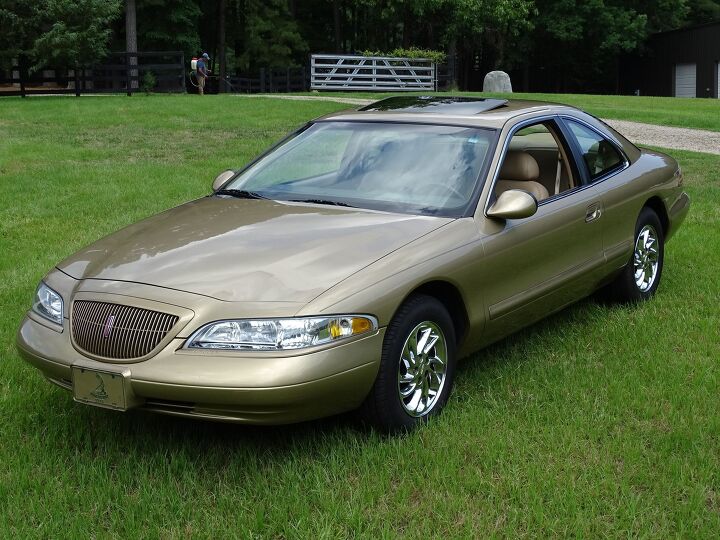
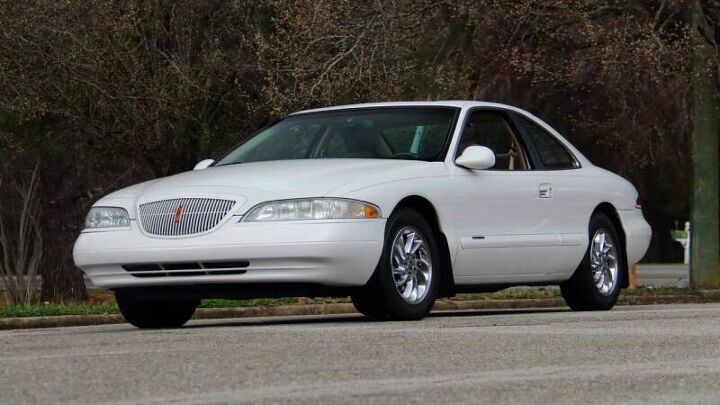

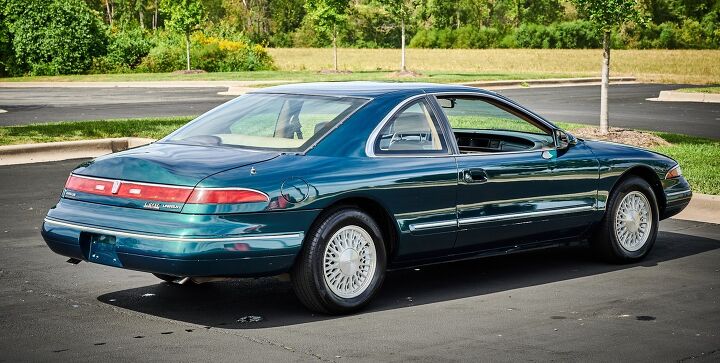
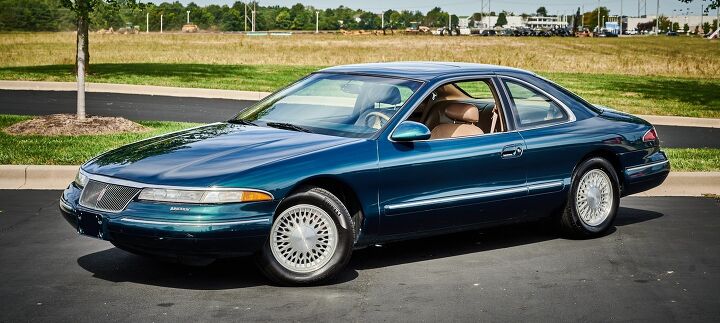
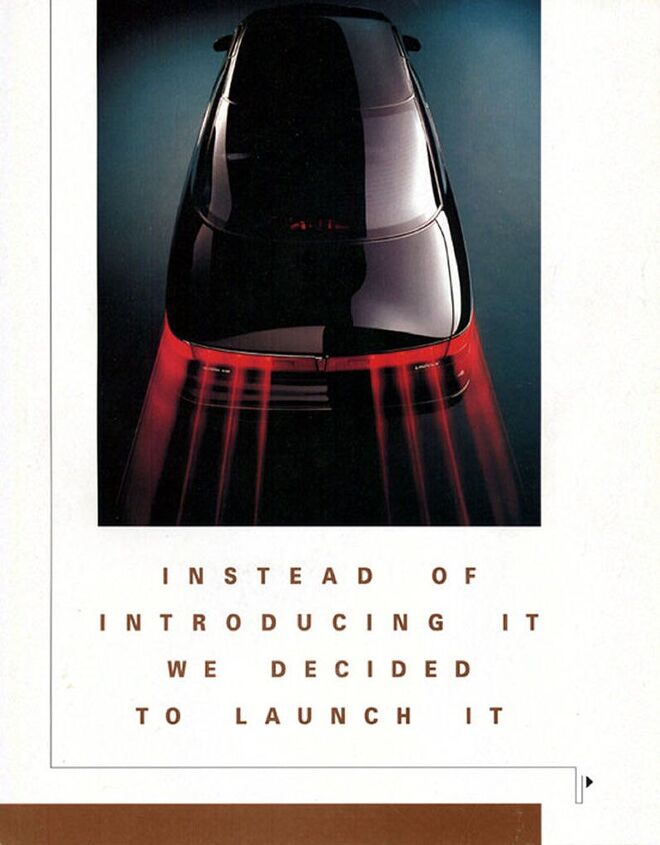

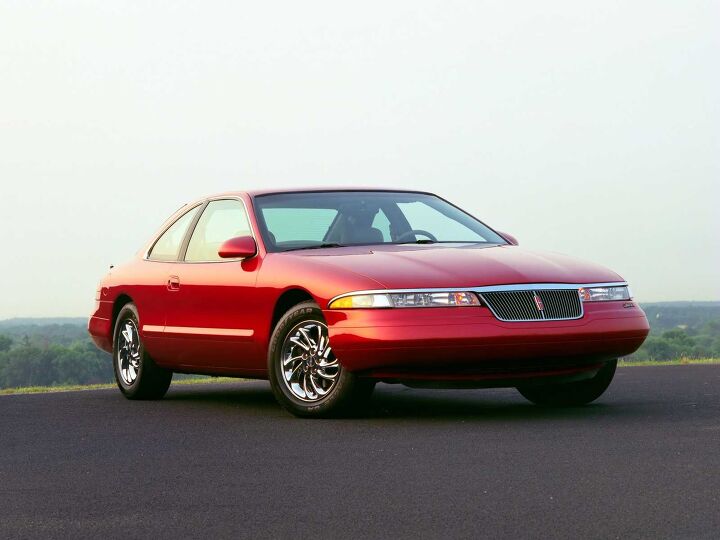
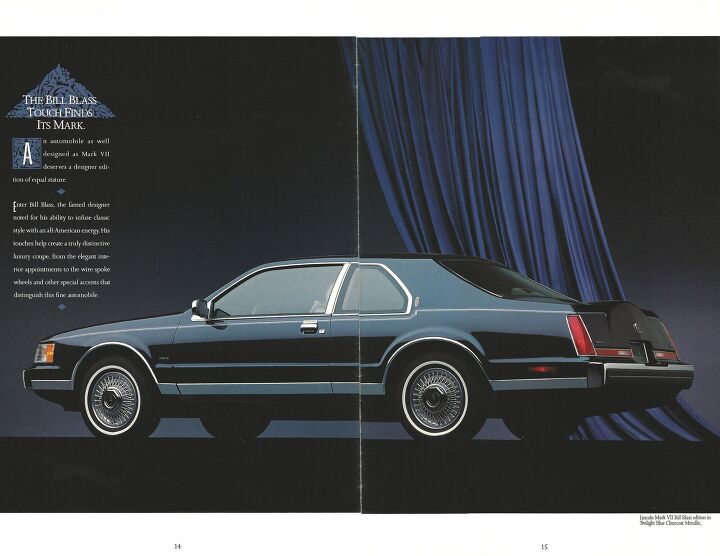
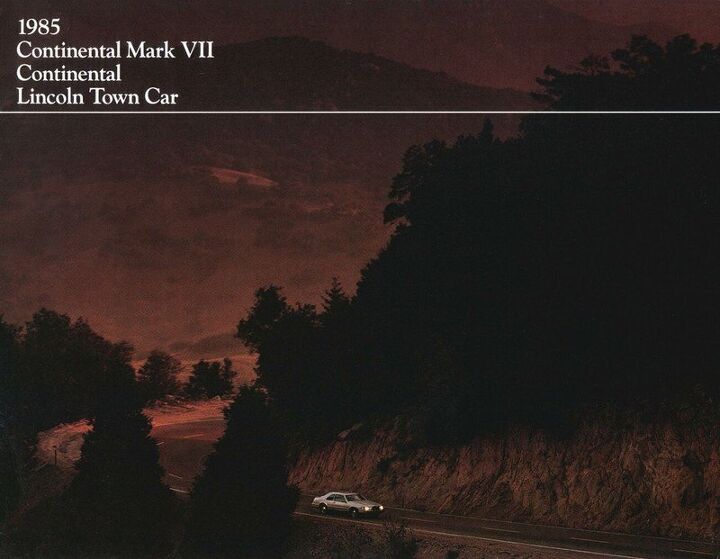
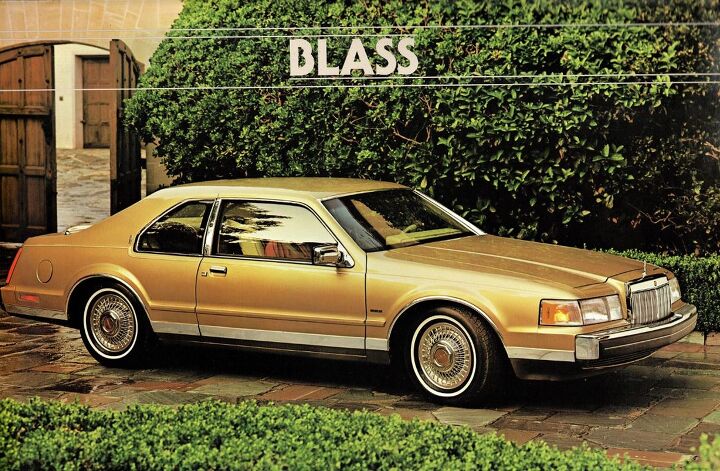
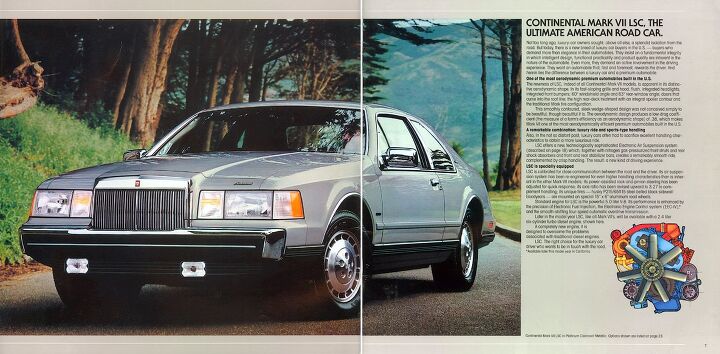
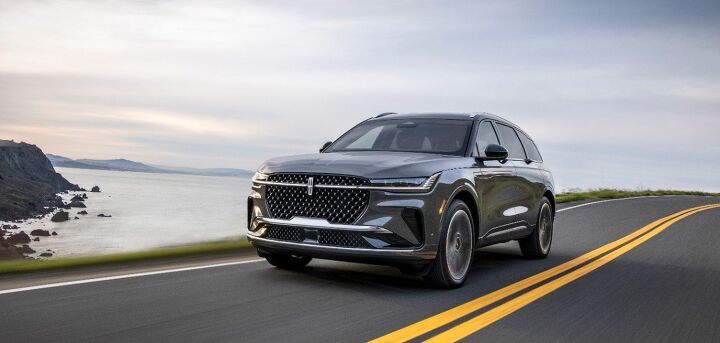

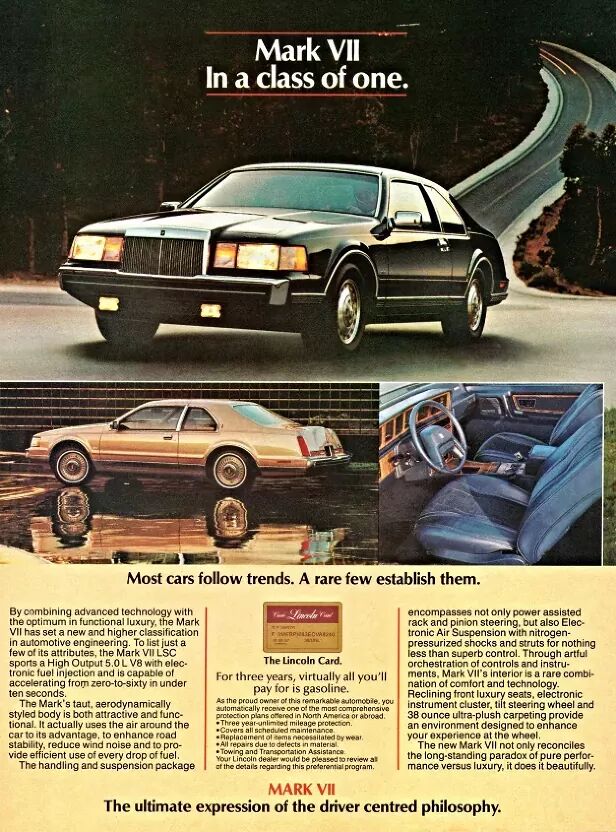

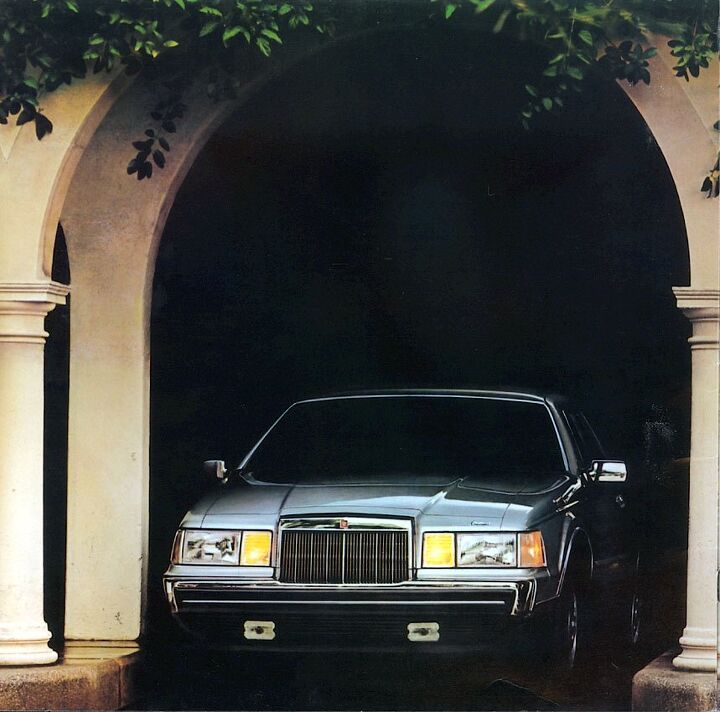

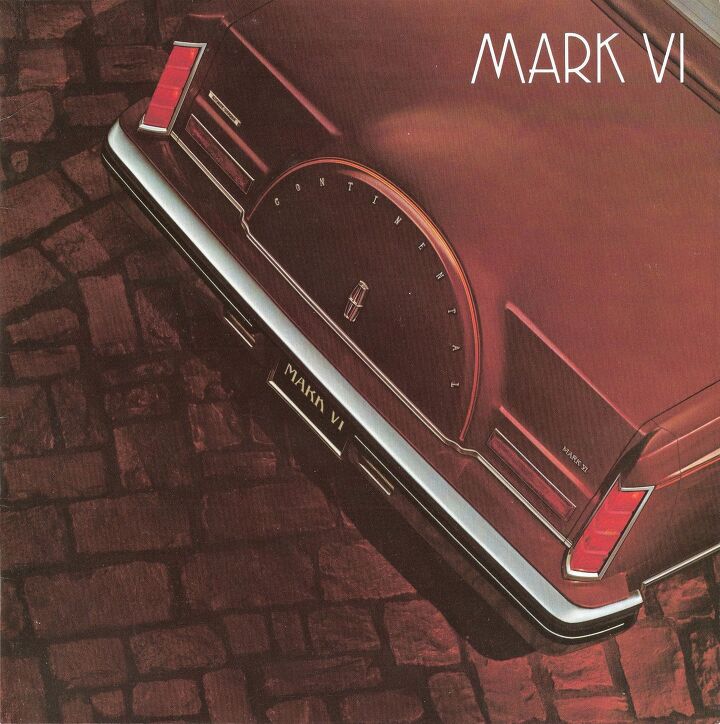

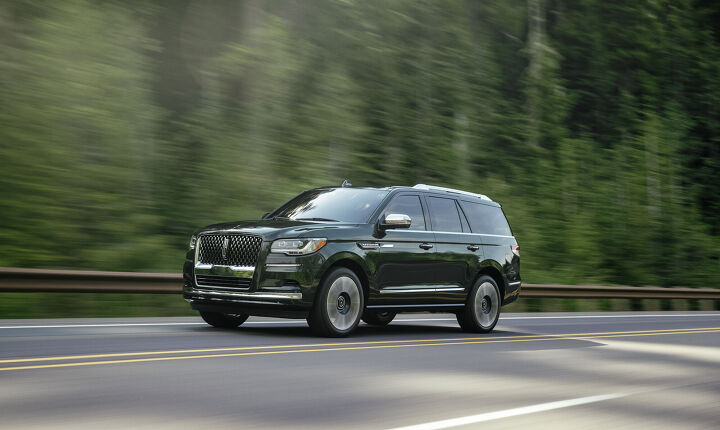
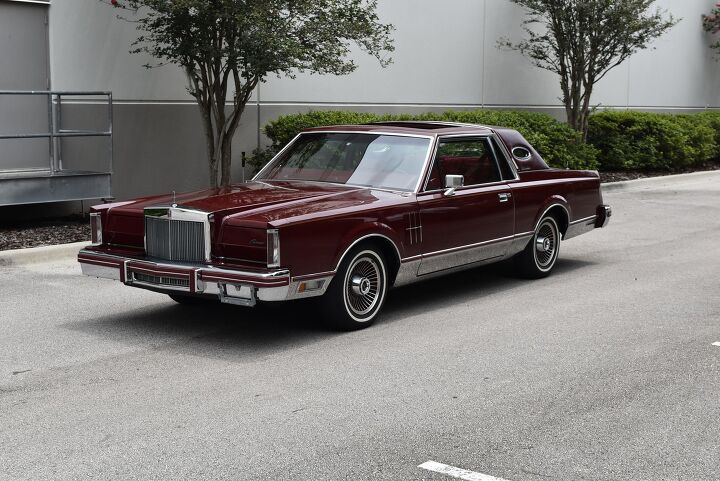
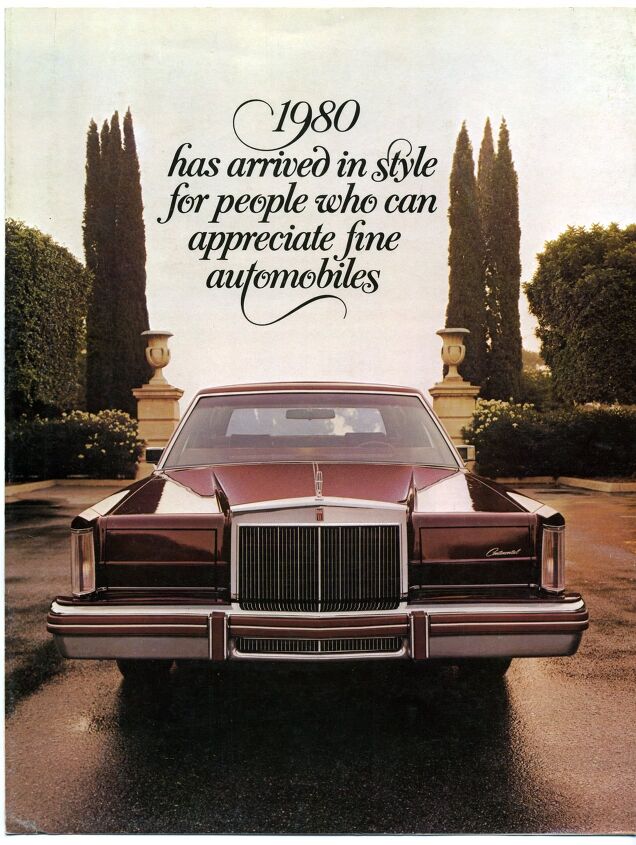




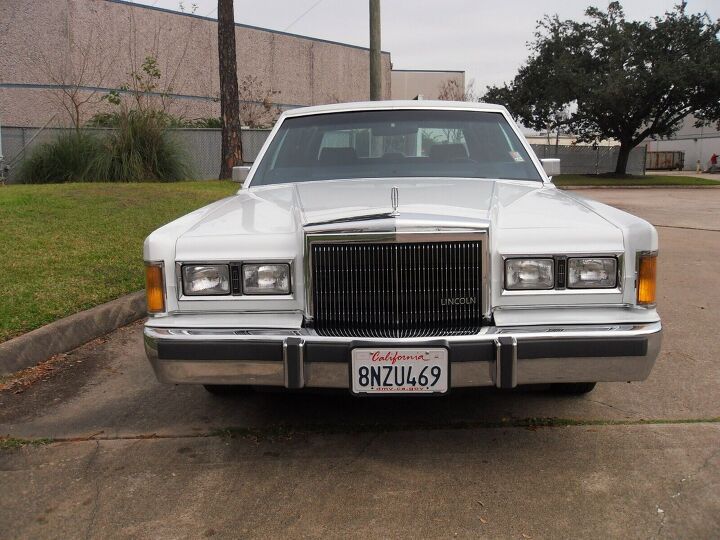
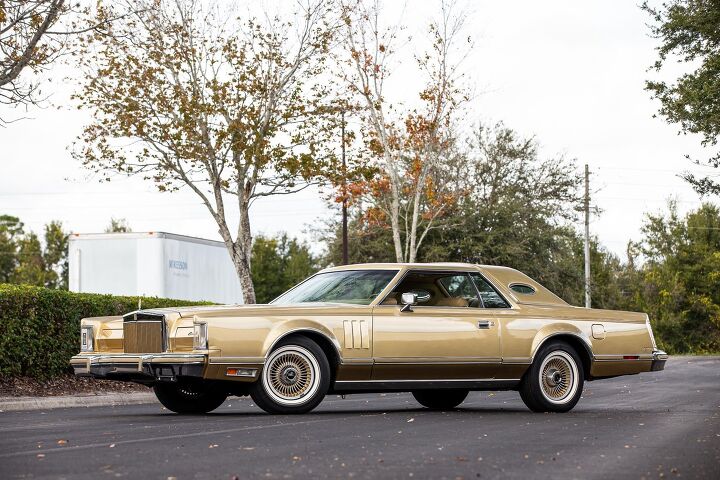


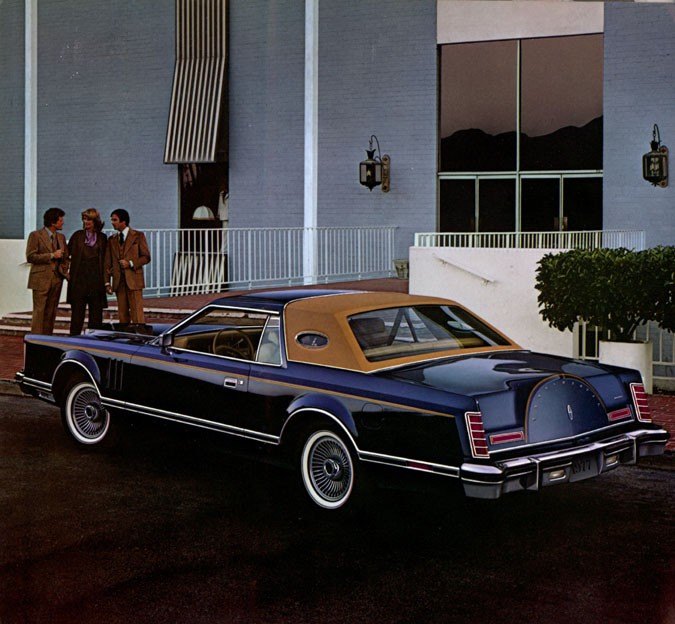
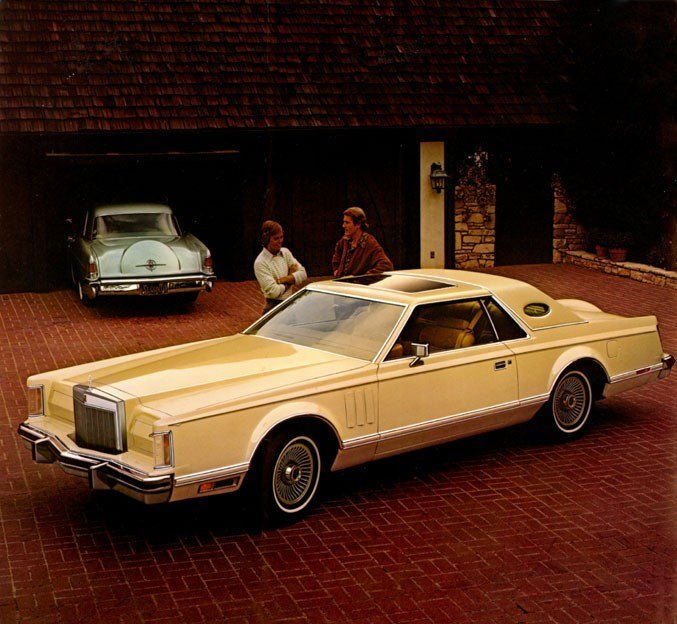
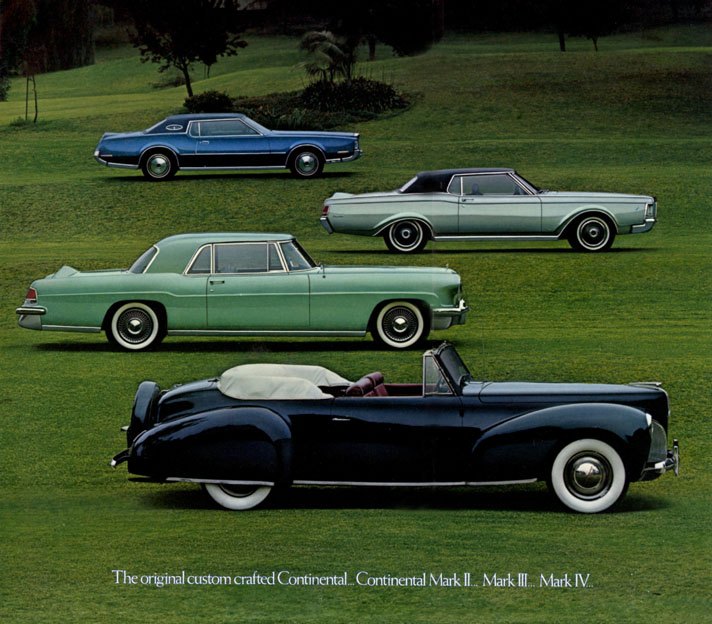
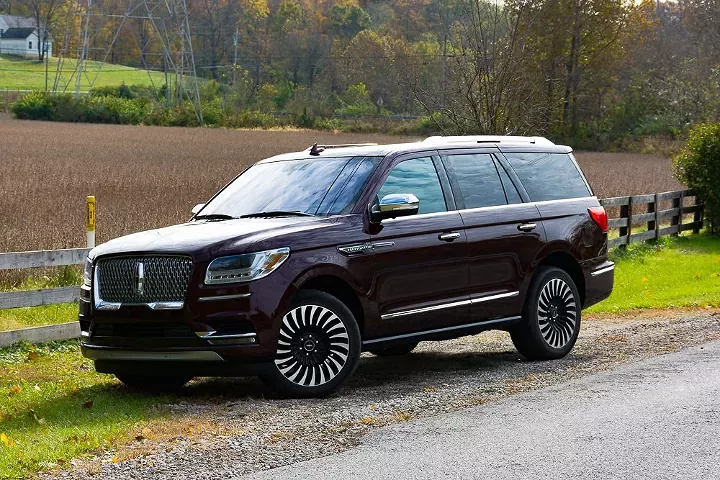

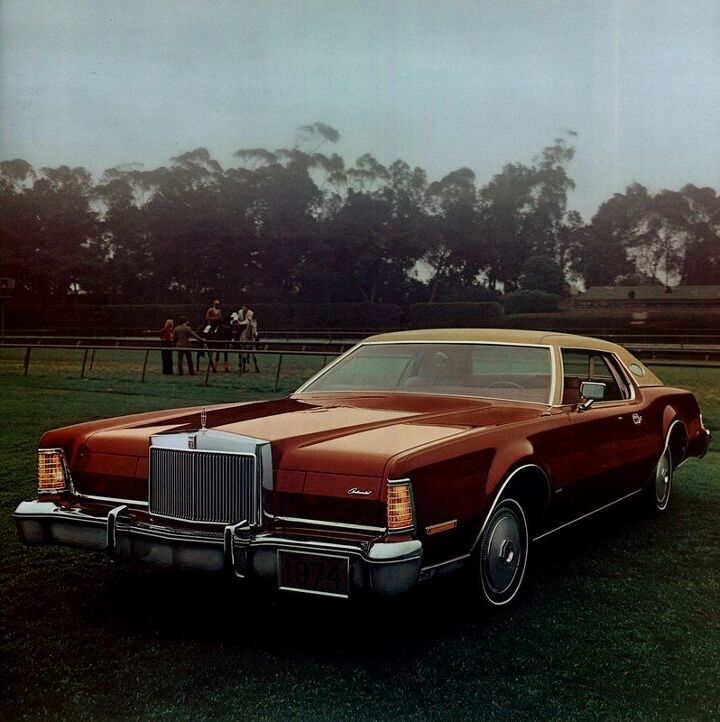
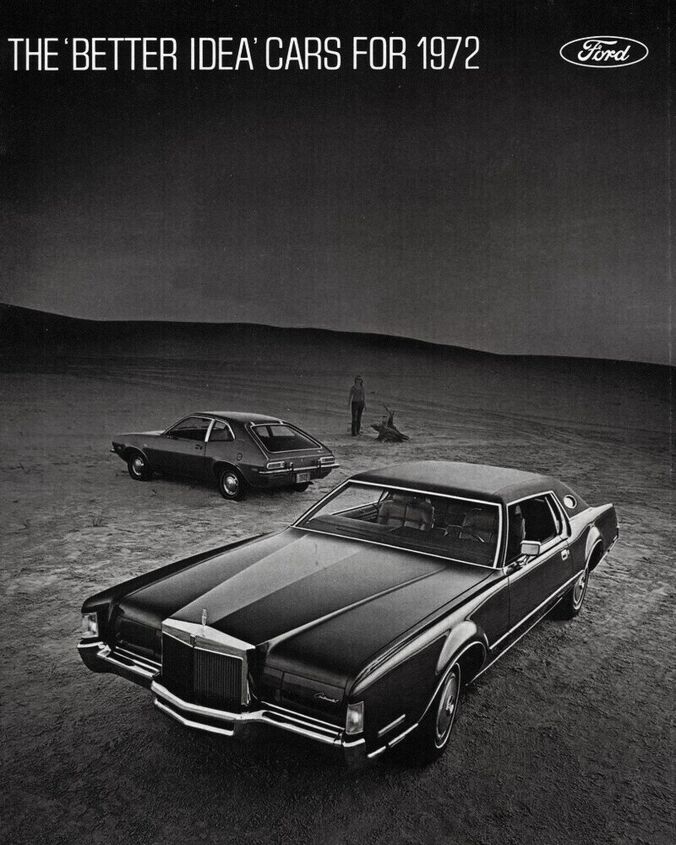

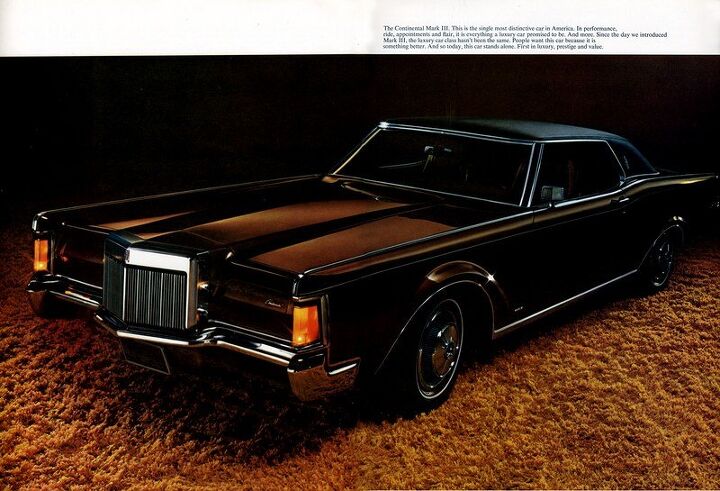
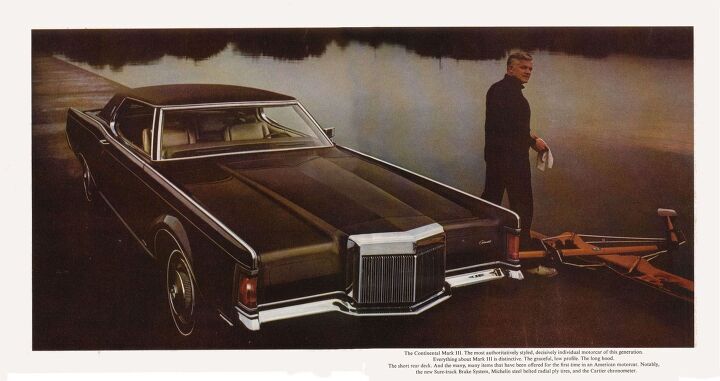
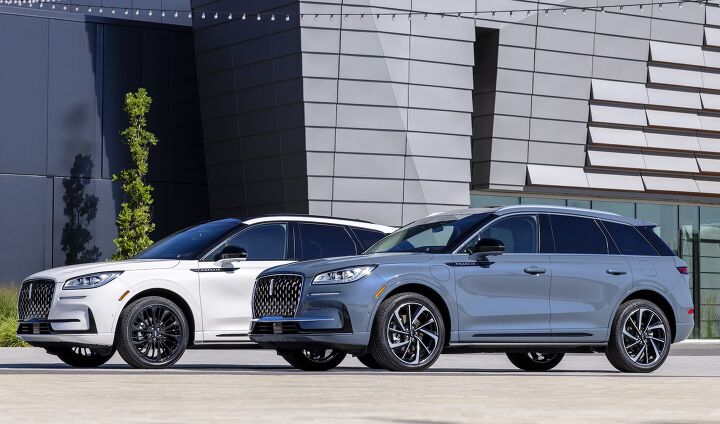



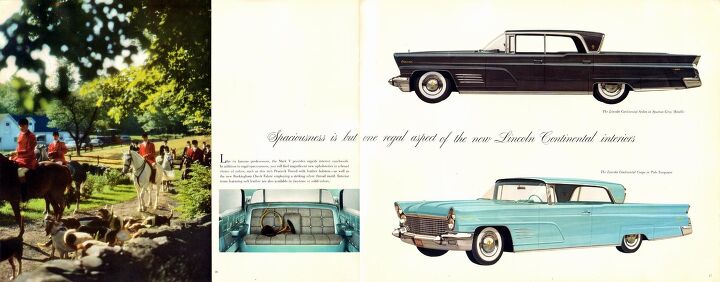


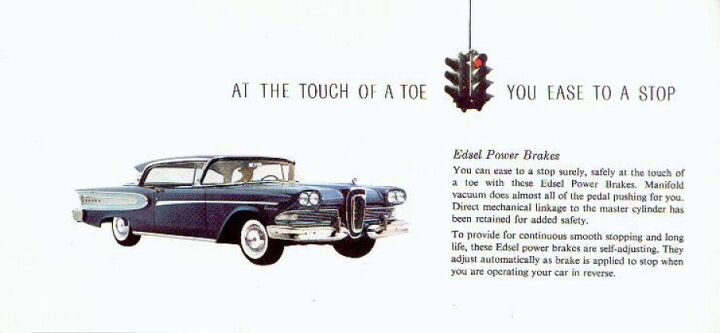
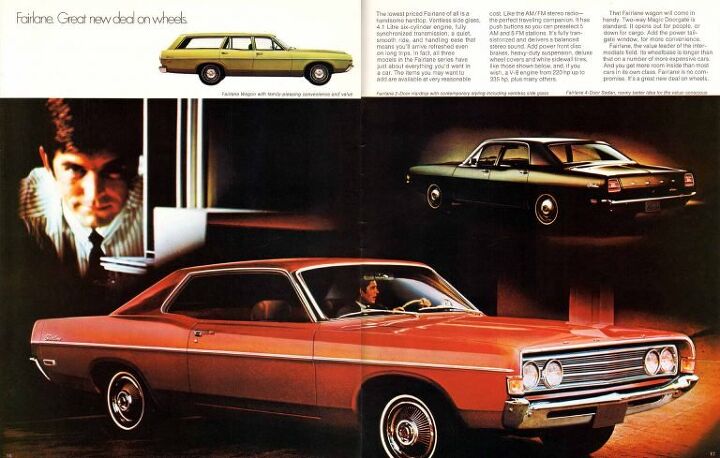

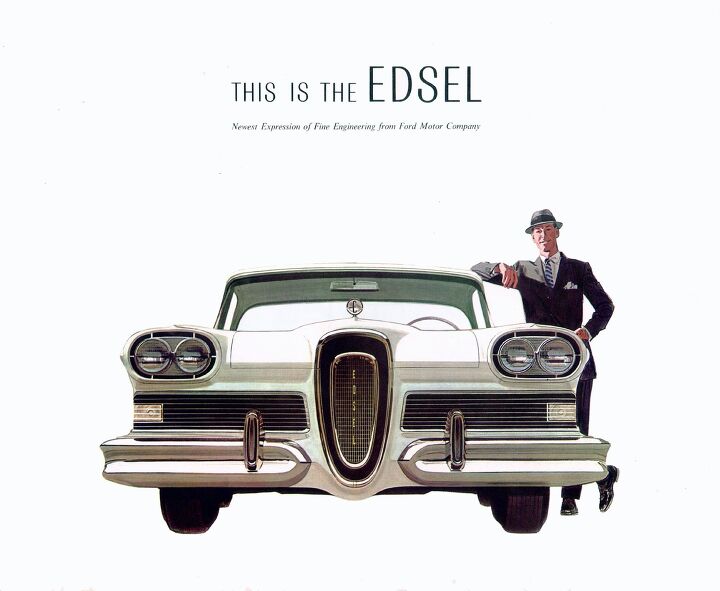













Recent Comments